How Many Planets Are There in our solar system? Discover the fascinating answer to this question, along with key facts, expert insights, and the latest findings about our cosmic neighborhood, brought to you by HOW.EDU.VN. If you’re seeking a deeper understanding of planetary science, celestial bodies, and space exploration, our team of distinguished PhD experts can offer tailored advice. Explore the solar system’s composition, planetary classification, and ongoing research.
1. Understanding the Question: What Defines a Planet?
The question “how many planets are there” seems simple, but the answer has evolved over time. A planet, according to the International Astronomical Union (IAU), must meet three criteria:
- It must orbit the Sun.
- It must be massive enough for its gravity to pull it into a nearly round shape (hydrostatic equilibrium).
- It must have cleared the neighborhood around its orbit of other objects.
This definition, established in 2006, led to Pluto’s reclassification as a dwarf planet, sparking considerable debate and highlighting the complexities of defining celestial objects. At HOW.EDU.VN, we understand the nuances of these definitions. Our experts can help you navigate the intricacies of planetary science.
2. The Eight Recognized Planets in Our Solar System
Currently, there are eight officially recognized planets in our solar system, each with unique characteristics and fascinating features:
- Mercury: The smallest and innermost planet, known for its extreme temperature variations.
- Venus: A scorching, cloud-covered world, similar in size to Earth but with a toxic atmosphere.
- Earth: Our home, the only known planet to harbor life, with diverse ecosystems and abundant water.
- Mars: The “Red Planet,” a cold, desert world with evidence of past water and potential for future colonization.
- Jupiter: The largest planet, a gas giant with a swirling atmosphere, iconic Great Red Spot, and numerous moons.
- Saturn: Famous for its stunning ring system, composed of ice and rock particles.
- Uranus: An ice giant with a unique sideways rotation.
- Neptune: The farthest planet from the Sun, a cold, windy world with a vibrant blue appearance.
These planets are categorized into inner, terrestrial planets (Mercury, Venus, Earth, and Mars) and outer, gas or ice giants (Jupiter, Saturn, Uranus, and Neptune). At HOW.EDU.VN, our team of planetary scientists can provide detailed insights into each planet’s geology, atmosphere, and potential for harboring life.
3. The Inner Planets: Terrestrial Worlds Up Close
The inner planets, also known as terrestrial planets, are characterized by their rocky surfaces and relatively small sizes.
3.1. Mercury: The Swift Messenger
Mercury, the closest planet to the Sun, is a world of extremes.
- Size and Mass: The smallest planet in our solar system, only slightly larger than Earth’s Moon.
- Orbit and Rotation: It has the shortest orbital period of any planet (88 Earth days) and a slow rotation period (59 Earth days).
- Surface Features: Heavily cratered surface, resembling the Moon, with vast plains and scarps (cliffs).
- Atmosphere: Extremely thin exosphere, virtually nonexistent, leading to extreme temperature variations.
- Exploration: Studied by NASA’s Mariner 10 and MESSENGER missions, providing valuable data about its composition and history.
3.2. Venus: The Veiled Planet
Venus, often called Earth’s “sister planet,” is shrouded in a thick, toxic atmosphere.
- Size and Mass: Similar in size and mass to Earth.
- Orbit and Rotation: The hottest planet in our solar system, with a surface temperature of around 900 degrees Fahrenheit. It has a slow, retrograde rotation (spins backward compared to most planets).
- Surface Features: Covered in volcanoes, mountains, and vast plains.
- Atmosphere: Dense atmosphere composed primarily of carbon dioxide, with clouds of sulfuric acid.
- Exploration: Explored by numerous missions, including NASA’s Mariner and Pioneer programs, and the Soviet Union’s Venera missions.
3.3. Earth: Our Blue Marble
Earth, our home planet, is a unique and dynamic world.
- Size and Mass: The largest of the terrestrial planets.
- Orbit and Rotation: The only known planet to support life. It has a diverse range of ecosystems, abundant water, and a protective atmosphere.
- Surface Features: Varied surface with continents, oceans, mountains, and valleys.
- Atmosphere: Nitrogen and oxygen-rich atmosphere.
- Exploration: Extensively studied by countless missions and observatories.
3.4. Mars: The Red Planet
Mars, the “Red Planet,” has captivated scientists and the public for decades.
- Size and Mass: About half the size of Earth.
- Orbit and Rotation: Cold, desert world with a thin atmosphere. It has evidence of past water, including ancient riverbeds and polar ice caps.
- Surface Features: Characterized by impact craters, volcanoes, canyons, and plains.
- Atmosphere: Thin atmosphere composed mostly of carbon dioxide.
- Exploration: Explored by numerous rovers, orbiters, and landers, including NASA’s Curiosity and Perseverance rovers.
At HOW.EDU.VN, our planetary geology experts can provide detailed analysis of the surface features of these inner planets, shedding light on their formation and evolution.
4. The Outer Planets: Giants of Gas and Ice
The outer planets, beyond Mars, are significantly larger and composed primarily of gas and ice.
4.1. Jupiter: The King of Planets
Jupiter, the largest planet in our solar system, is a gas giant with a dynamic atmosphere.
- Size and Mass: The largest planet in our solar system, more massive than all other planets combined.
- Orbit and Rotation: Primarily composed of hydrogen and helium. It has a swirling atmosphere with iconic features like the Great Red Spot.
- Surface Features: No solid surface, consisting of a metallic hydrogen ocean beneath the atmosphere.
- Atmosphere: Strong magnetic field and numerous moons, including the Galilean moons (Io, Europa, Ganymede, and Callisto).
- Exploration: Studied by numerous missions, including NASA’s Voyager, Galileo, and Juno spacecraft.
4.2. Saturn: The Ringed Jewel
Saturn, famous for its spectacular ring system, is another gas giant with a unique character.
- Size and Mass: The second-largest planet in our solar system.
- Orbit and Rotation: Composed mainly of hydrogen and helium, with a complex ring system made of ice and rock particles.
- Surface Features: No solid surface. It has a dynamic atmosphere with storms and bands.
- Atmosphere: Numerous moons, including Titan, which has a thick atmosphere and liquid methane lakes.
- Exploration: Explored by NASA’s Voyager and Cassini missions.
4.3. Uranus: The Sideways Planet
Uranus, an ice giant, is notable for its unique axial tilt.
- Size and Mass: The third-largest planet in our solar system.
- Orbit and Rotation: Primarily composed of ice, hydrogen, and helium. It has a faint ring system.
- Surface Features: Featureless atmosphere with a bluish-green hue.
- Atmosphere: Rotates on its side, with its poles facing the Sun.
- Exploration: Visited by NASA’s Voyager 2 spacecraft.
4.4. Neptune: The Distant Giant
Neptune, the farthest planet from the Sun, is a cold and windy ice giant.
- Size and Mass: The fourth-largest planet in our solar system.
- Orbit and Rotation: Primarily composed of ice, hydrogen, and helium. It has a dynamic atmosphere with strong winds and dark storms.
- Surface Features: Faint ring system and several moons, including Triton.
- Atmosphere: Deep blue color due to methane in its atmosphere.
- Exploration: Visited by NASA’s Voyager 2 spacecraft.
Our team of astrophysicists at HOW.EDU.VN can offer detailed insights into the complex atmospheric phenomena and magnetic fields of these outer planets.
5. Dwarf Planets: The In-Between Worlds
In addition to the eight planets, our solar system also includes dwarf planets. These celestial bodies meet the first two criteria of a planet (orbiting the Sun and being round due to their own gravity) but have not cleared their orbital neighborhood of other objects.
5.1. Pluto: The Reclassified Icon
Pluto, once considered the ninth planet, is the most famous dwarf planet.
- Size and Mass: Smaller than Earth’s Moon.
- Orbit and Rotation: Located in the Kuiper Belt, a region beyond Neptune. It has a highly eccentric and inclined orbit.
- Surface Features: Composed of ice and rock, with a thin atmosphere.
- Atmosphere: Characterized by a reddish-brown surface with a heart-shaped feature (Tombaugh Regio).
- Exploration: Explored by NASA’s New Horizons mission.
5.2. Ceres: The Asteroid Belt Resident
Ceres is the largest object in the asteroid belt between Mars and Jupiter and the only dwarf planet in the inner solar system.
- Size and Mass: Smaller than Pluto.
- Orbit and Rotation: Located in the asteroid belt between Mars and Jupiter.
- Surface Features: Rocky surface with evidence of water ice.
- Atmosphere: Characterized by bright spots, possibly salt deposits.
- Exploration: Explored by NASA’s Dawn mission.
5.3. Other Dwarf Planets: Haumea, Makemake, and Eris
Beyond Pluto, several other dwarf planets reside in the outer solar system.
- Haumea: An egg-shaped dwarf planet with a very fast rotation.
- Makemake: The second-brightest object in the Kuiper Belt.
- Eris: A dwarf planet slightly smaller than Pluto. The discovery of Eris was key in the debate that led to the new definition of planets.
At HOW.EDU.VN, our team of astronomers can provide detailed information about the latest discoveries and research on these dwarf planets, as well as the ongoing debate about planetary classification.
6. The Ongoing Search for More Planets
The question of how many planets there are in our solar system may not be definitively answered. Scientists are continually searching for new celestial bodies, particularly in the outer reaches of our solar system.
6.1 Hypothetical Planet Nine
The hypothetical “Planet Nine,” also known as Planet X, is a large planet theorized to exist in the distant outer solar system.
- Evidence for its existence comes from the unusual clustering of orbits of several Kuiper Belt objects.
- Planet Nine is predicted to be a gas giant, similar in size to Neptune.
- The search for Planet Nine is ongoing, with astronomers using powerful telescopes to scan the sky.
The discovery of a new planet would have a profound impact on our understanding of the solar system and its formation.
6.2 Exoplanets: Planets Beyond Our Solar System
The discovery of exoplanets – planets orbiting other stars – has revolutionized our understanding of planetary systems.
- Thousands of exoplanets have been discovered, ranging in size from small, rocky worlds to gas giants larger than Jupiter.
- Exoplanets are found using various methods, including the transit method (observing the dimming of a star as a planet passes in front of it) and the radial velocity method (detecting the wobble of a star caused by the gravity of an orbiting planet).
- The study of exoplanets provides valuable insights into the diversity of planetary systems and the potential for life beyond Earth.
Our exoplanet experts at HOW.EDU.VN can provide guidance on the latest research in this exciting field, including the search for habitable exoplanets and the possibility of extraterrestrial life.
7. Why the Number of Planets Matters
The number of planets in our solar system, and the definition of what constitutes a planet, has significant implications for our understanding of the cosmos. It affects:
- Planetary Science: Understanding the formation and evolution of planetary systems.
- Space Exploration: Guiding the search for habitable worlds and the potential for life beyond Earth.
- Education and Public Awareness: Inspiring the next generation of scientists and space explorers.
- Cultural Significance: Shaping our place in the universe.
8. Deep Dive: Planet Comparison Table
| Feature | Mercury | Venus | Earth | Mars | Jupiter | Saturn | Uranus | Neptune |
|---|---|---|---|---|---|---|---|---|
| Diameter (km) | 4,879 | 12,104 | 12,756 | 6,792 | 142,984 | 120,536 | 51,118 | 49,528 |
| Mass (Earth=1) | 0.055 | 0.815 | 1 | 0.107 | 317.8 | 95.2 | 14.5 | 17.1 |
| Distance from Sun (million km) | 58 | 108 | 150 | 228 | 778 | 1,427 | 2,871 | 4,497 |
| Orbital Period (Earth years) | 0.24 | 0.62 | 1 | 1.88 | 11.86 | 29.46 | 84.01 | 164.8 |
| Rotation Period (Earth days) | 59 | -243 | 1 | 1.03 | 0.41 | 0.43 | -0.72 | 0.67 |
| Atmosphere | Thin exosphere | Dense, CO2, sulfuric acid clouds | Nitrogen and oxygen | Thin, CO2 | Hydrogen and helium | Hydrogen and helium | Hydrogen and helium | Hydrogen and helium |
| Surface | Heavily cratered, plains, scarps | Volcanoes, mountains, plains | Continents, oceans, mountains, valleys | Impact craters, volcanoes, canyons, plains | No solid surface, metallic hydrogen ocean | No solid surface | No solid surface | No solid surface |
| Moons | 0 | 0 | 1 | 2 | 95 | 146 | 27 | 14 |
| Rings | No | No | No | No | Yes, faint | Yes, prominent | Yes | Yes |
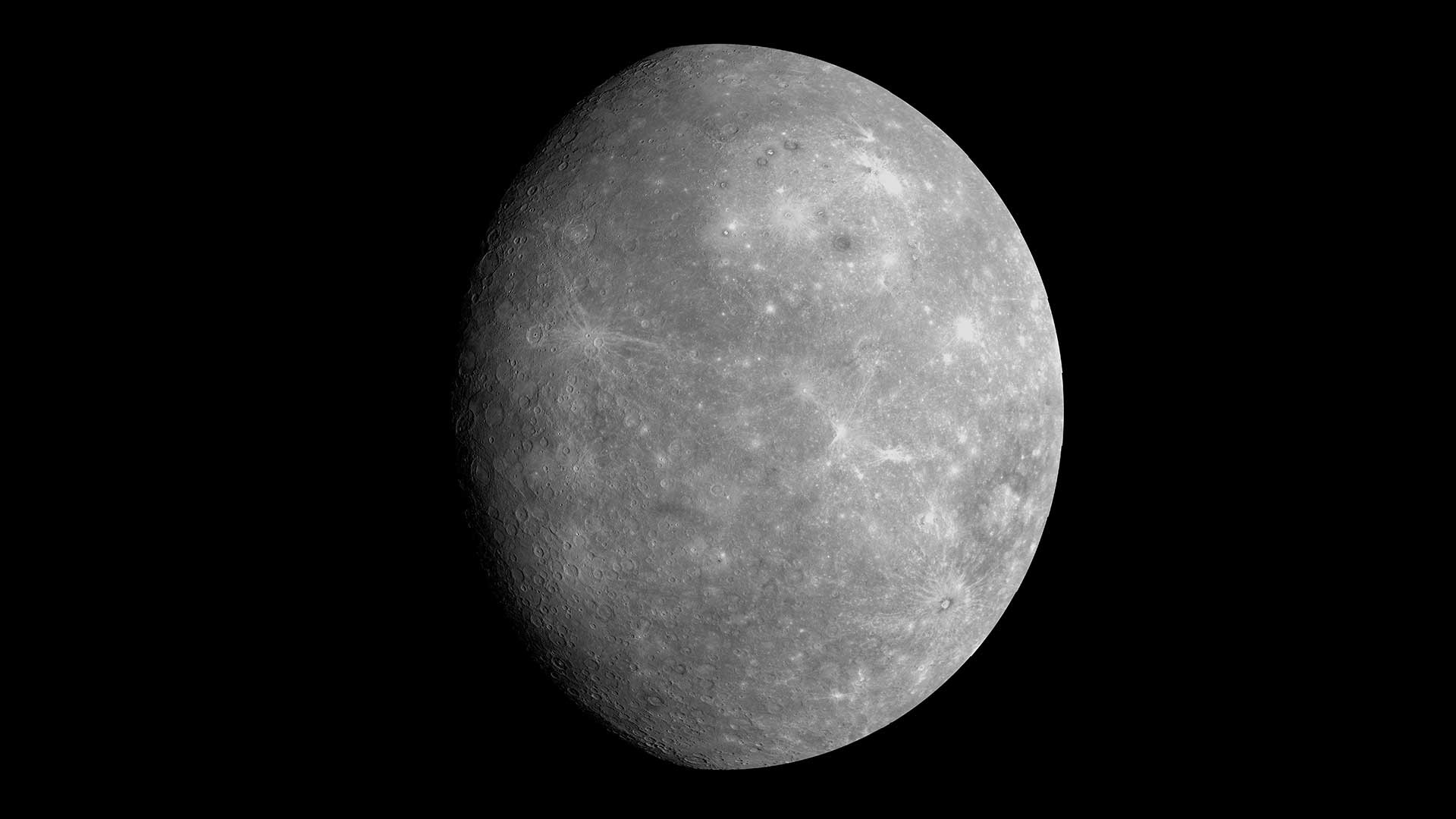
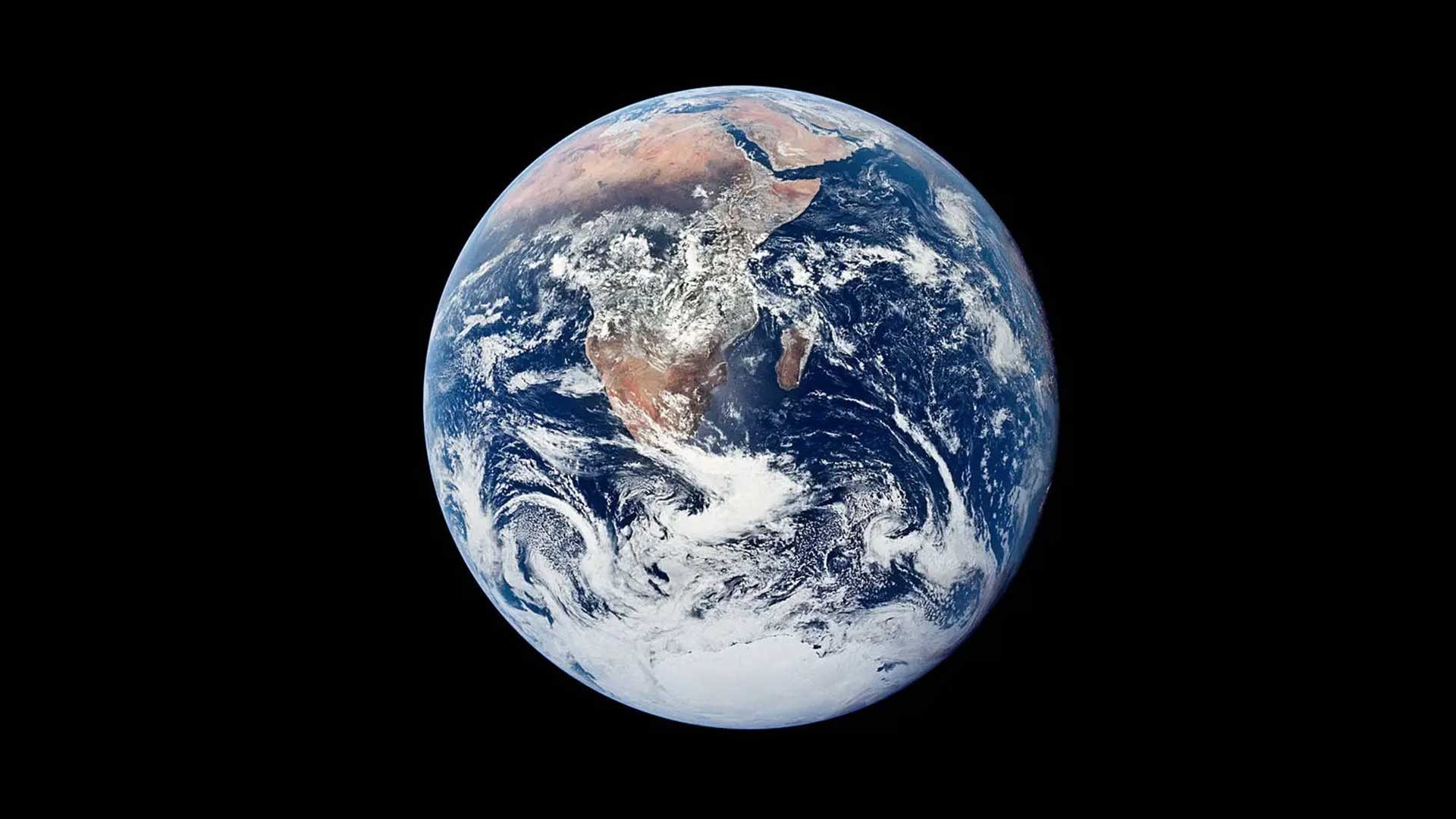
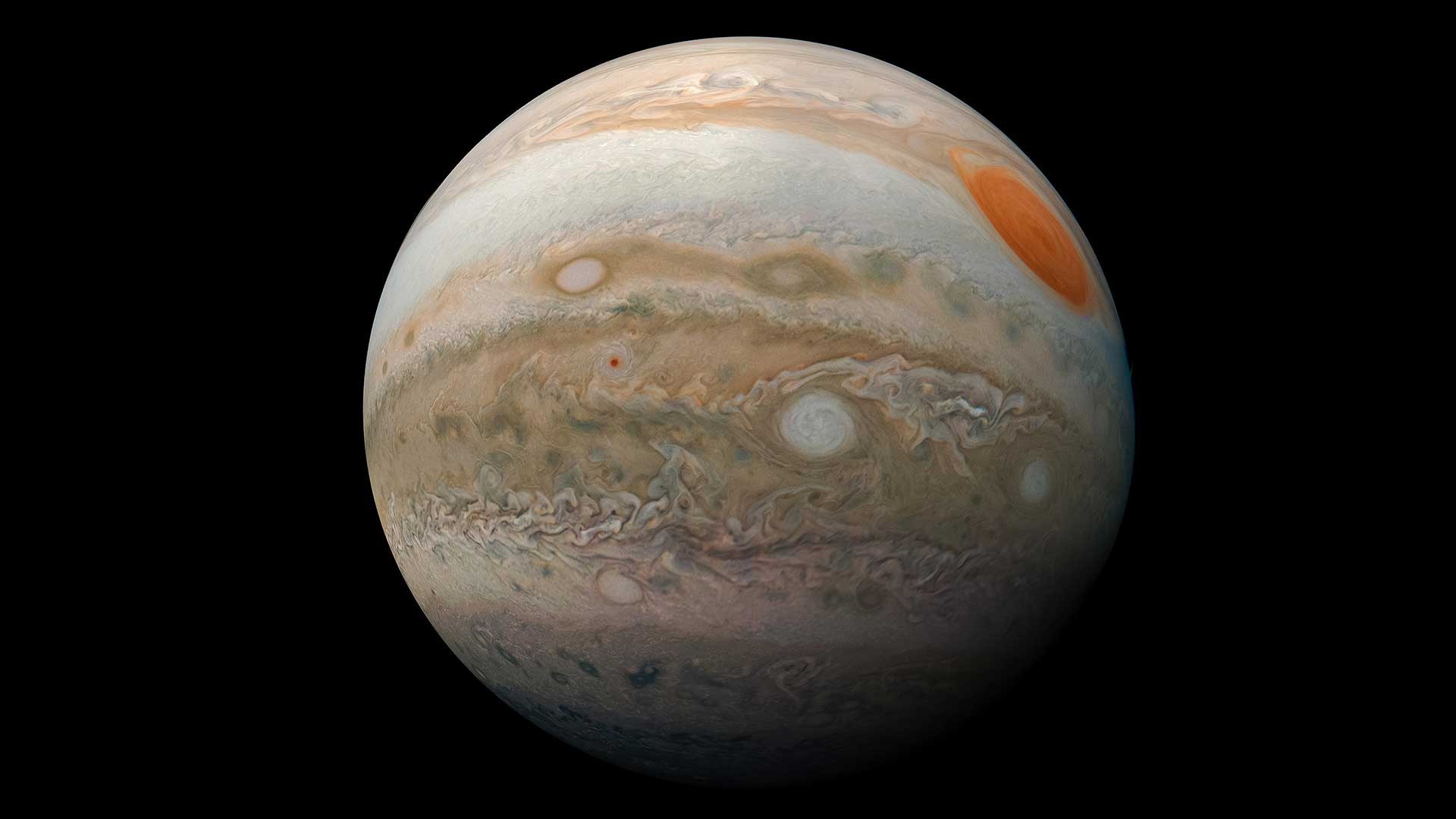
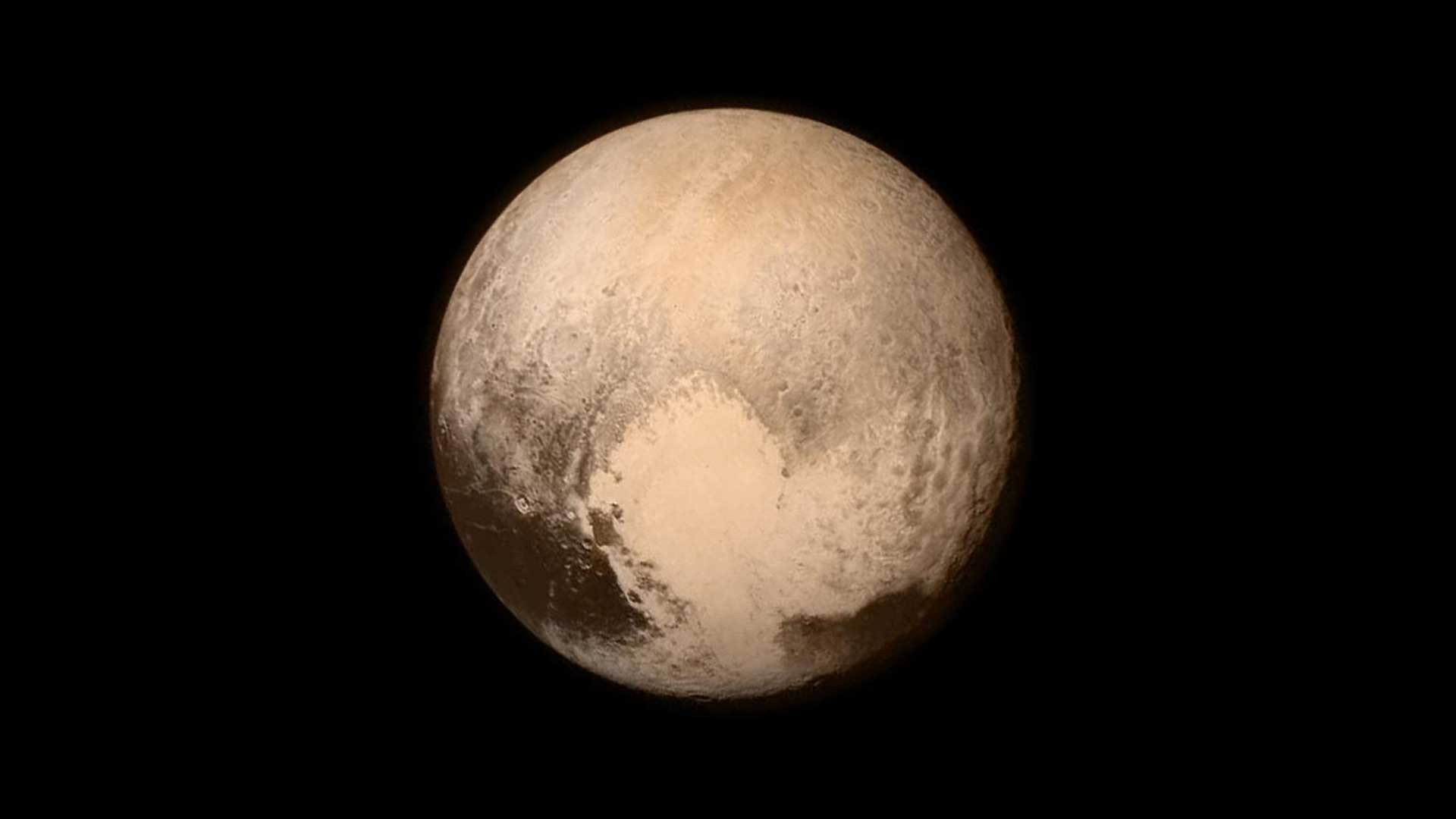
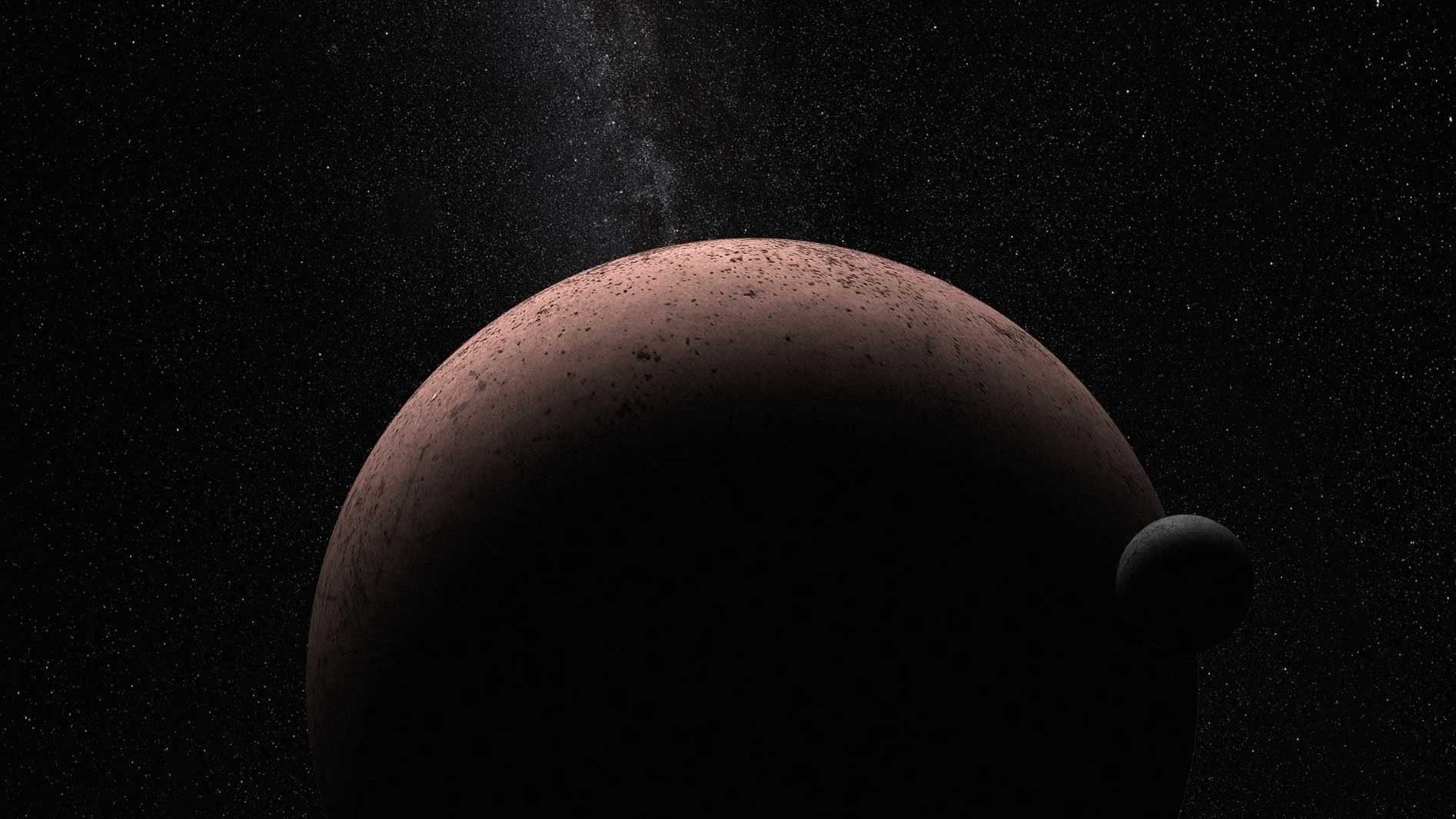
9. The Experts at HOW.EDU.VN: Your Guide to the Cosmos
At HOW.EDU.VN, we are dedicated to providing expert insights and guidance on all aspects of science, technology, and education. Our team includes leading PhDs and specialists in planetary science, astronomy, and astrophysics, with the following expertise:
- Planetary Geology: Surface features of the inner planets.
- Astrophysics: Atmospheric phenomena and magnetic fields of the outer planets.
- Astronomy: Discoveries and research on dwarf planets.
- Exoplanets: Habitable exoplanets and the search for extraterrestrial life.
We offer personalized consultations, in-depth analysis, and up-to-date information on the latest discoveries and research. Let us help you explore the wonders of our solar system and beyond.
10. FAQs: Your Questions About Planets Answered
- Why was Pluto reclassified as a dwarf planet?
- Pluto was reclassified because it has not cleared its orbital neighborhood of other objects.
- Are there any plans to explore Uranus and Neptune further?
- Several mission concepts are being considered to further explore these ice giants.
- How do scientists discover exoplanets?
- Scientists use various methods, including the transit method and the radial velocity method, to discover exoplanets.
- What is the significance of finding water on Mars?
- Finding water on Mars is significant because it suggests the planet may have once been habitable.
- Could there be life on other planets in our solar system?
- Scientists are actively searching for evidence of life on other planets, particularly Mars and Europa.
- How many moons are in our solar system?
- There are hundreds of moons in our solar system.
- Is Earth the only planet with an atmosphere?
- No, all planets have an atmosphere.
- Can humans travel to other planets?
- Yes, it is possible for humans to travel to other planets.
- What is a gas giant?
- A gas giant is a large planet composed mainly of gas.
- What is the Kuiper Belt?
- The Kuiper Belt is a region beyond Neptune containing many icy bodies, including Pluto.
Call to Action
Do you have questions about the planets in our solar system or the latest discoveries in space exploration? Connect with the top PhDs at HOW.EDU.VN for personalized guidance and expert advice. We can help you navigate the complexities of planetary science and discover the wonders of the cosmos.
Contact us today:
- Address: 456 Expertise Plaza, Consult City, CA 90210, United States
- WhatsApp: +1 (310) 555-1212
- Website: HOW.EDU.VN
Let how.edu.vn be your trusted resource for all things science and education.